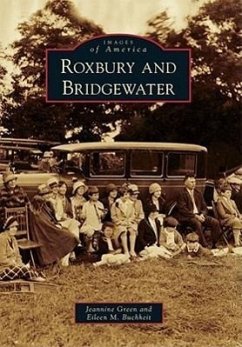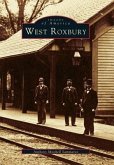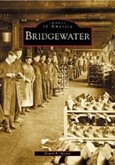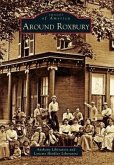The histories of Roxbury and Bridgewater are intertwined, as both communities developed from settlement to ecclesiastical society to incorporated town. Both were once part of larger adjoining towns, with Bridgewater originally known as Shepaug Neck and Roxbury first named Shepaug Plantation. Shepaug is a Mohegan word meaning "rocky river" and was taken from the name of the river that runs through Bridgewater and forms Roxbury's western border. While settlers first plowed the land, they also built homes, schools, and churches and constructed gristmills, blacksmith shops, hat factories, tobacco warehouses, taverns, and general stores. Townsmen mined iron ore and quarried stones in the hills. Over time, the horse and buggy gave way to railroads and automobiles as modes of transportation between the towns, while new inventions gave locals free time for entertainment and civic pursuits.
Hinweis: Dieser Artikel kann nur an eine deutsche Lieferadresse ausgeliefert werden.
Hinweis: Dieser Artikel kann nur an eine deutsche Lieferadresse ausgeliefert werden.








